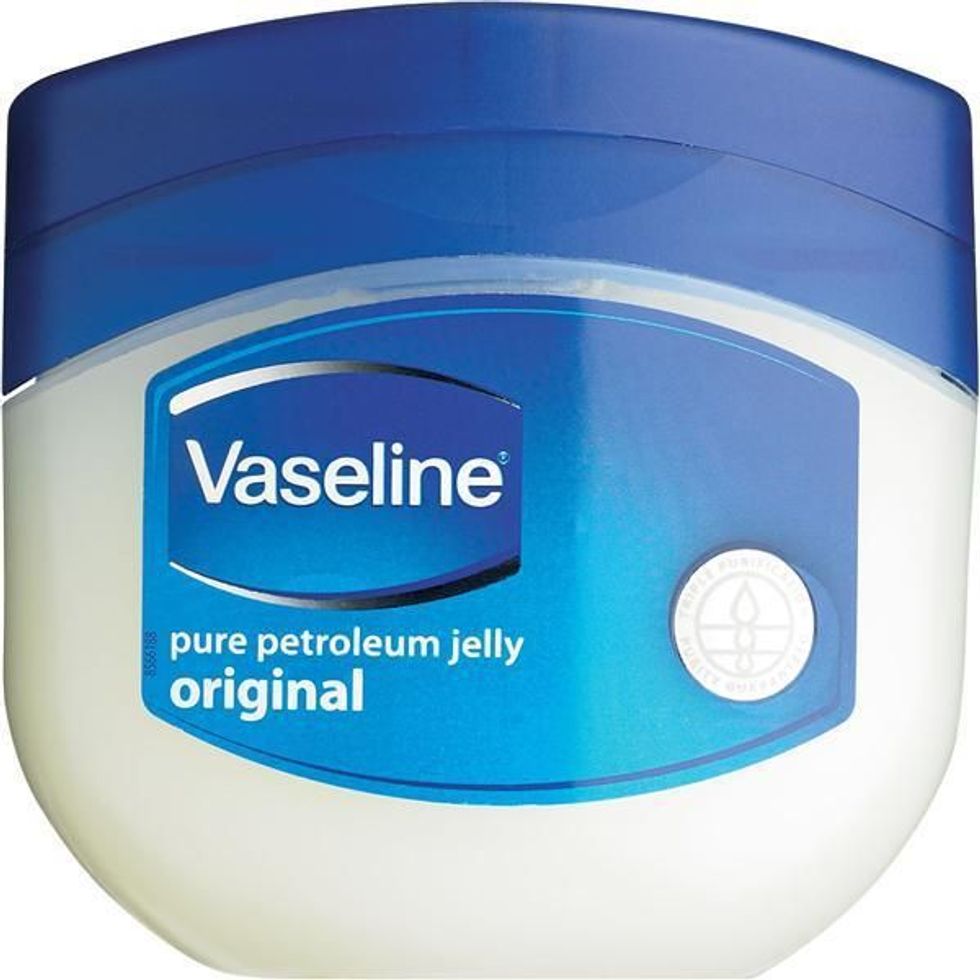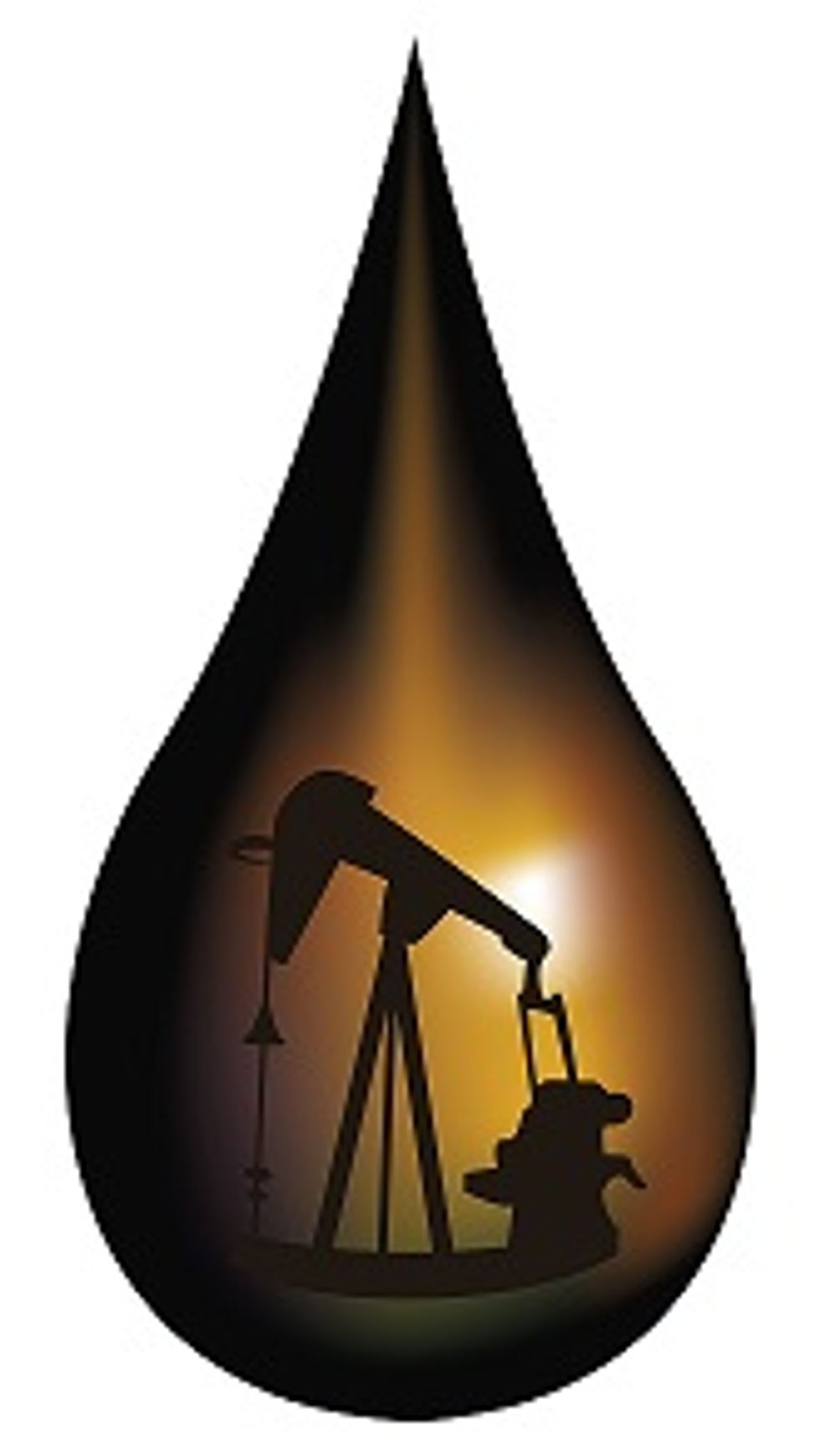As a kid, I had a habit of reading signs while riding in the car to pass the time. This mental game would occupy my interest until we’d finally reached our awaited destination. From billboards to restaurant and store logos, I'd always crane my head toward the words glaring for my attention. Of course, old habits die hard (and in my, case not at all) because I still partake in this personal word search when I'm riding in the car and my mind begins to wander.
Many words have played their role in my game, but one word, in particular, has always stood out like high beams in fog. Whenever you stop at a gas station, you see about three gas options for your car’s particular needs. Unleaded, Regular, and Premium. Within those brands, you may have noticed the word petroleum. Sound familiar? Yep, that same product is the lubricant we use as Petroleum jelly, more popularly known as Vaseline.
Petroleum jelly or petrolatum is found in most household products such as soap, hair gel, shampoo, conditioner, even eye shadow. Its lubrication properties are even designed to treat eczema and baby rashes.
According to her article, "What do Vaseline and Gasoline have in Common?" writer Kathrin Brunner informs us that the marketing for petroleum jelly as a body lubricant began in the 1800s when workers on oil rigging platforms decided to rub the substance onto their bodies because it helped to lubricate their skin. From there, petroleum jelly has been manufactured worldwide and has become a useful household product.
But where does it come from?
A fossil fuel known as “black gold," crude oil was first developed during the Industrial Revolution. As inventions and machinery were being created and leading the country into economic growth, the demand for crude oil dramatically increased as this nonrenewable resource kept machinery running. Of course, with high supply and demand comes disagreements on how and where this fossil fuel should be used and from whom the crude oil will be produced. Dissension and unrest have grown within politics among the leading producers of oil which are the United States, Saudi Arabia, and Russia because of the need for crude oil.
From a word that would routinely catch my attention, I feel that the understanding of its components exceed far beyond its household use. For a product so easily attainable within a marketplace, petroleum jelly seems to stand as major force beyond treating irritated rashes and lubricating dry skin.





















